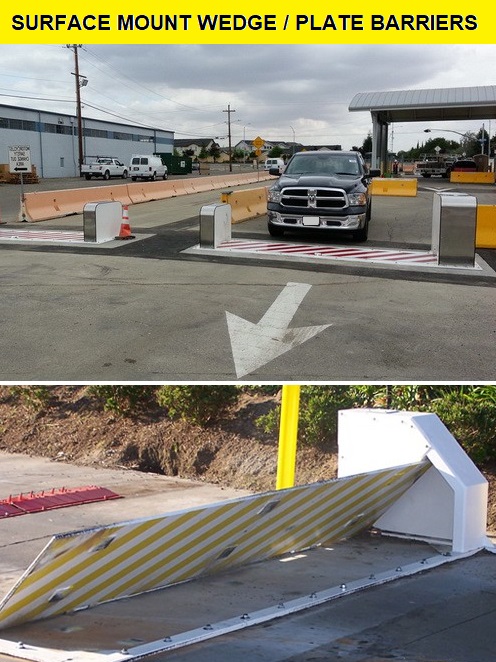Installing, sustaining, and repairing crash beams (also known as crash obstacles or guardrails) require cautious planning, consideration to detail, and adherence to safety requirements. Here are tips for every stage:
Installation:
Site Assessment: Conduct a thorough assessment of the set up web site. Consider factors similar to street layout, visitors circulate, terrain, and potential impression points. This assessment will assist in determining the appropriate sort of crash beams needed for the specific location.
Compliance: Ensure compliance with local laws and safety standards. Different regions might have particular requirements for crash beam design, placement, and supplies.
Selection of Crash Beams: Choose crash beams that are appropriate for the supposed purpose and traffic volume. Consider elements similar to beam peak, size, material (typically metal or concrete), and finish treatments (such as terminals and anchorages).
Proper Installation: Follow manufacturer tips and security standards throughout set up. Properly install and secure the crash beams, making certain they're accurately anchored to face up to impacts and prevent them from changing into hazards themselves.
Reflective Markings: Install reflective markings or delineators on the crash beams to reinforce visibility, especially during low mild situations.
find out here now :
Regular Inspections: Schedule routine inspections to assess the situation of the crash beams. Look for signs of wear, injury, or corrosion. Inspections ought to be performed no less than once a year, but high-traffic areas would possibly require more frequent checks.
Damage Assessment: If any damage is detected throughout inspections, assess its severity. Minor injury may require simple repairs, whereas extensive harm might necessitate beam replacement.
Cleaning: Keep the crash beams clear and free from debris, vegetation, and snow accumulation. Accumulated particles can impede drainage, leading to corrosion and compromising the integrity of the crash beams.

Rust Prevention: If the crash beams are made of metal, apply rust-resistant coatings or paint to stop corrosion. Regularly inspect painted surfaces for chipping or peeling and repair any damaged areas promptly.
Repair:
Immediate Repairs: Address minor damages promptly. Small dents or scratches may be repaired without changing the entire crash beam. Repair damaged areas based on manufacturer tips and security requirements.
Professional Repairs: For important damages or structural issues, it is advisable to rent professionals experienced in crash barrier repairs. They can assess the injury accurately and carry out essential repairs to make sure the crash beams are restored to their unique security requirements.
Replacement: If the crash beams are severely damaged or compromised, substitute may be the safest option. Always use crash beams that meet current safety standards and comply with local regulations.
Documentation: Maintain detailed data of inspections, repairs, and replacements. Proper documentation ensures you could track the maintenance history and demonstrate compliance with security requirements if required.
By following these tips for installation, upkeep, and repair, crash beams can effectively fulfill their objective of enhancing street security and preventing accidents. Always prioritize safety, compliance, and high quality when working with crash barrier systems..
